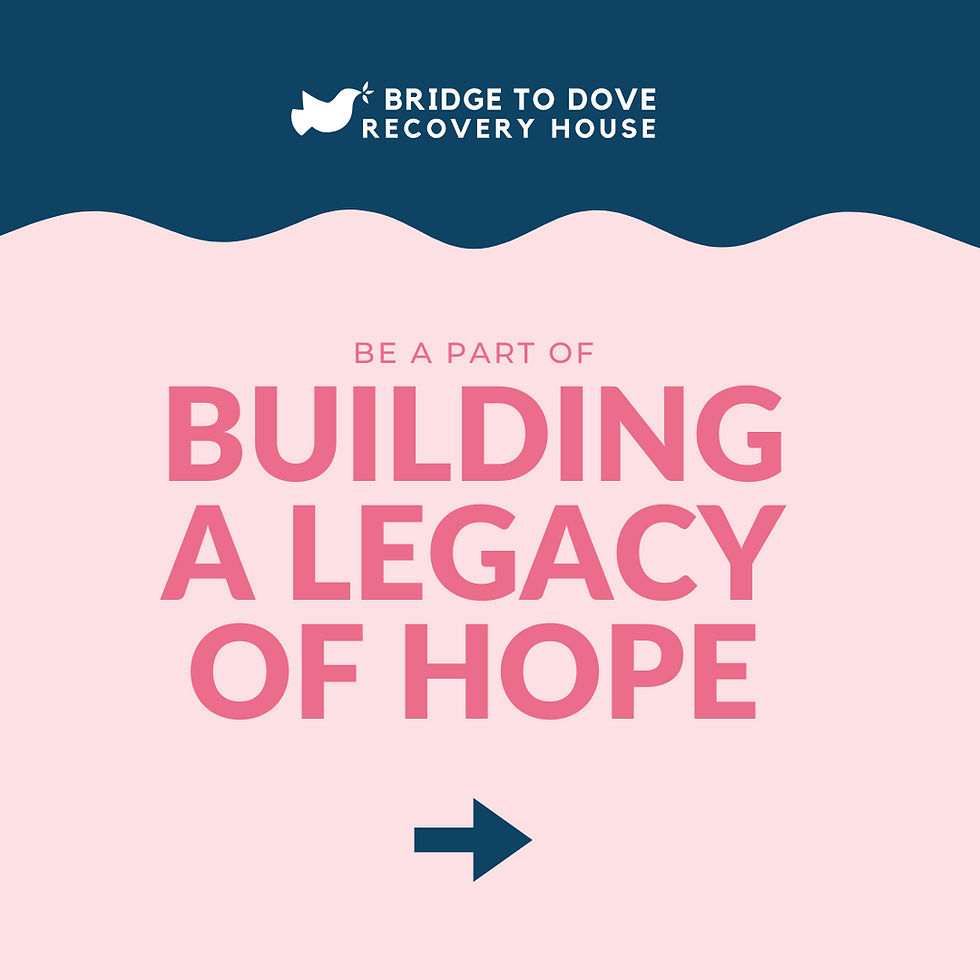Peering Into the Shadows: Understanding Substance Use Disorder and Its Ripple Effect on Communities
- Mark Teike
- Mar 25, 2024
- 2 min read

Substance Use Disorder Background
Substance Use Disorder (SUD) is a complex condition where the use of one or more substances leads to a clinically significant impairment or distress. It's a challenge that knows no boundaries, affecting individuals and communities across the globe. Here in Bartholomew County, our rates of the indicators of SUD (emergency room visits from overdoses, deaths, opioid prescription rates) are higher than the state average and higher than the national average. This is shocking news to most people. But what causes SUD, what treatments are available, and how does it impact our local communities?
The Roots of SUD
The causes of SUD are multifaceted and intertwining. Things like genetic vulnerability, environmental stressors, physical, sexual, and mental abuse, social pressures, individual personality characteristics, and psychiatric problems can affect SUD. No single factor can determine why one individual may develop SUD over another, making it a deeply personal and varied experience. In Bartholomew County, Indiana, like many other places, the prevalence of SUD, particularly the overdose deaths from the opioid crisis, has underscored the urgent need for comprehensive solutions.
Navigating Through Treatment
Treatment for SUD is as diverse as its causes. It ranges from detoxification, residential treatment facilities, outpatient programs, to recovery residences like those certified by the National Alliance for Recovery Residences (NARR). Levels of NARR care vary, with Level IV (four) providing the most structured and supervised environment, crucial for those with severe cases of SUD. Level I (one) recovery residences are the equivalent of peers staying in a home together and holding each other accountable. Recovery is a journey of healing not just the body, but also the mind, requiring a blend of medical intervention, counseling, and community support to rebuild lives. Many cases of SUD recovery require time away from environmental stressors to give individuals time to fully focus on their path to a healthier life, which is why recovery residences are so important.
The Community Impact
The ripple effect of SUD on communities is profound. From increasing healthcare costs to affecting the workforce, the consequences are far-reaching. In Bartholomew County, the rise in overdose deaths and Children in Need of Services (CHINS) cases, where substance misuse is often a factor, highlights the interconnectedness of SUD with broader societal issues. It's not just about the individual; it's about families torn apart, potential unfulfilled, and the social fabric strained.
Bridge To Dove Recovery House Inc. in Columbus, Indiana, represents a beacon of hope amidst this crisis. By focusing on providing a NARR Level IV recovery residence for women, particularly those low-income mothers with a history of trauma, Bridge To Dove aims to not only restore individuals but also mend the community fabric, one woman, one family at a time.
In confronting SUD, it's crucial to remember that behind every statistic is a human story. It's about understanding the underlying causes, offering effective treatments, and acknowledging the pervasive impact on our communities. Together, we can pave the way toward recovery, resilience, and renewal.





Comments